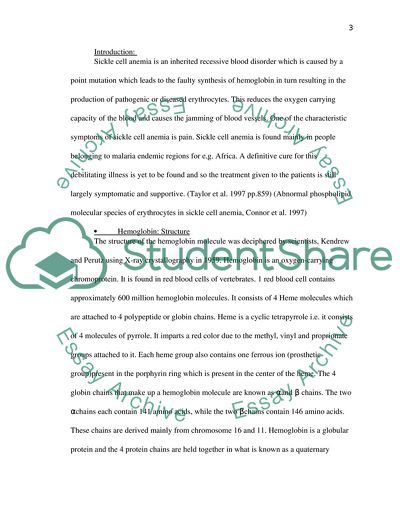Cite this document
(Molecular Biology of Sickle Cell Anemia Term Paper - 1, n.d.)
Molecular Biology of Sickle Cell Anemia Term Paper - 1. https://studentshare.org/biology/1786906-molecular-biology-of-sickle-cell-anemia
Molecular Biology of Sickle Cell Anemia Term Paper - 1. https://studentshare.org/biology/1786906-molecular-biology-of-sickle-cell-anemia
(Molecular Biology of Sickle Cell Anemia Term Paper - 1)
Molecular Biology of Sickle Cell Anemia Term Paper - 1. https://studentshare.org/biology/1786906-molecular-biology-of-sickle-cell-anemia.
Molecular Biology of Sickle Cell Anemia Term Paper - 1. https://studentshare.org/biology/1786906-molecular-biology-of-sickle-cell-anemia.
“Molecular Biology of Sickle Cell Anemia Term Paper - 1”. https://studentshare.org/biology/1786906-molecular-biology-of-sickle-cell-anemia.


